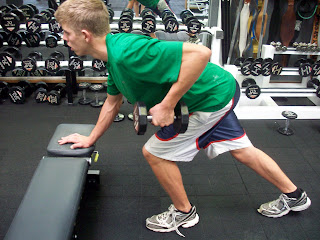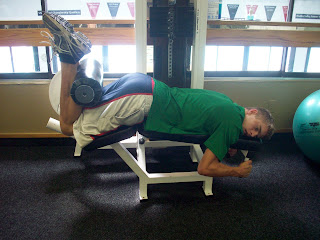Some of you may be wondering if I am still living a healthy lifestyle despite all of those busy life-changing events. The answer is yes. Despite everything this winter, I have managed to fit in a full-body strength training workout at least once a week at the school gym. I went snowboarding at least twice a week. Furthermore, I burn a ton of calories teaching first grade!
More importantly, I have not allowed myself to diet. I am believer in the non-diet diet. What is that you ask? The non-diet is a diet that allows you to eat according to your physiological needs. Meaning, you eat when you are hungry and you stop when you are full. Furthermore, you eat food that fuels your body to have energy, stay well, and generally feel good about yourself. Now, does that mean that I have been perfect for the past 8 months or 2 years? No! Nobody is ever perfect! That is the whole point behind the non-diet. If you set yourself up to fail with rigid guidelines and unattainable goals, then chances are you will end up feeling bad about your self and drowning your sorrows in ice cream. Let me be clear about my non-perfectionism: I HAVE overeaten (in fact, I did last Saturday night!), I HAVE resorted to comfort food, and I HAVE thought about over-exercising to rid my body of calories. But, instead of beating myself up about these behaviors, I wake up the next morning and I start over. I move on. I let go. Most importantly, I try to tell my body what I love it for: it's ability to climb mountains, snowboard, run, jump on trampolines, and/or chase first graders all day. If you engage in the vicious cycle of eating, self-loathing, eating, chances are you will resort to food and once again feel bad about yourself.
It has taken me a long time to reach this non-diet truth. I have read several books and articles on the topic (2 of them listed below) and I sincerely believe that not dieting leads to a stable weight over time (I have stayed the exact same weight since December 2010, give or take 3 pounds). However, for some people, food means everything. It defines who they are. It provides comfort when others cannot. Oftentimes (in fact, always), food issues are connected to underlying insecurities, trauma, sadness, depression, abandonment, abuse, etc (the psychology major in me is coming out!). If you can relate to some of these things listed above, then chance are you will need more then this blog to cure you of these deep-rooted issues (I wish it were that easy!). To start, check out the books I have mentioned below and go from there. Emotions are complex, and so is food. Realizing that it's never easy is the first step in cutting yourself some slack.
If you need more convincing, here are two resources about the non-diet diet. I related to many of the topics addressed within these, but not all of them. I hope you find them useful.
More blogs to come! Love, Dana
1. Women, Food, and God by Geneen Roth (I just started listening to this on tape)
2. Thin is the New Happy by Valerie Frankel (fast read - I couldn't put it down!)
 |
| Very interesting book about compulsive eating |
 |
| Sad, honest, and hilarious memoir about one women's life-long battle with food |
This is a link to the most hilarious video about diets!! Check out her other funny videos. Thanks Kat for the showing me this very relevant video.















































